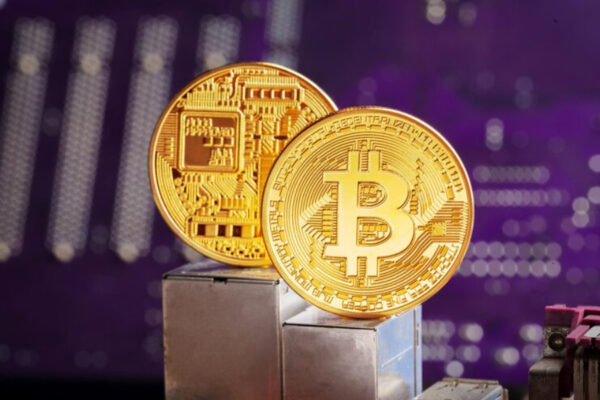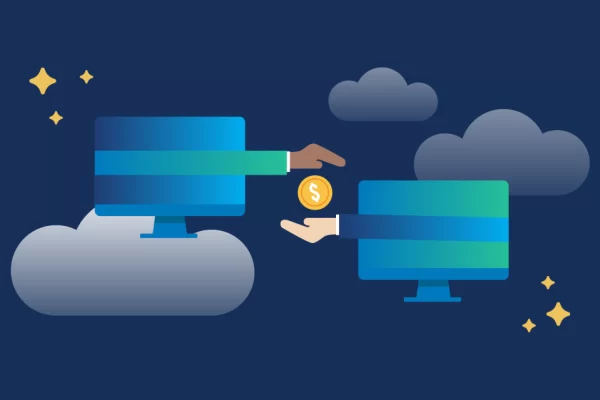Micro-payments are witnessing a surge in popularity, emerging as ingenious monetization tactics for applications, games, and online services. These petite payments allow consumers to access premium content, goods, or enhancements without the constraints of lengthy subscriptions. For developers and enterprises, this model opens doors to cultivating additional revenue streams seamlessly.
Micro-payments refer to transactions involving small amounts of money – often down to fractions of a cent. The definition of “micro” varies across implementations, but payments under $1-2 are generally considered micropayments. Microtransactions are the actual payments and purchase events carried out using micro-payments. Popular examples include purchasing virtual goods in mobile games, unlocking premium content in news or social media apps, or tipping creators and streamers small amounts online. Instead of requiring large upfront purchases or subscriptions, microtransactions allow consumers to pay and engage economically in bite-sized increments. Aggregated over many users this drives significant revenue, while individual sales remain affordable.
Benefits of micro-payments
For users, micro-payments have minimal barriers to entry given the small transaction sizes. This makes it easy to unlock content or purchase items on a one-off basis without long commitments. Developers generate revenue from more usage scenarios. For example, tipping or gifting content creators small amounts as appreciation. These payments allow monetization of casual users who might not subscribe or make large purchases but are willing to pay small amounts for incremental access. Developers fine-tune pricing and offer down to very granular levels to optimize revenue.
Micro-payments in practice
- Mobile news apps – Publications allow passively metered access to articles without a subscription, but prompt for a micro-payment after the reader hits a threshold. It enables monetizing casual readers while not limiting access with a hard paywall.
- Mobile games – Popular games like Candy Crush provide the ability to purchase consumable in-game items, currency, and upgrades as microtransactions instead of an upfront purchase. This incremental revenue from players significantly boosts LTV.
- Apps – Apps provide the ability to purchase incremental “boosts” to gain more profile visibility. Given the intent of users, micro-payments are less intrusive than banner ads.
- Information services – Providers like Experian enable users to purchase access to individual credit reports incrementally instead of a recurring monitoring subscription.
- Website article paywalls – Some publishers like Reuters allow visitors to unlock individual articles using micropayments without a site subscription.
- Music apps – Platforms let users pay small amounts for ad-free listening, offline downloads, and unlimited skips. Check more information, read it on https://www.moneylife365.com/.
Micro-payments continue to see adoption across many digital industries as both a novel form of monetization and an optimal user experience. With the implementation, microtransaction revenue has a transformative impact on the financial sustainability of developers and creators. If you’re operating an app or online service, exploring how micro-payments align with your business model is definitely worth the effort.





